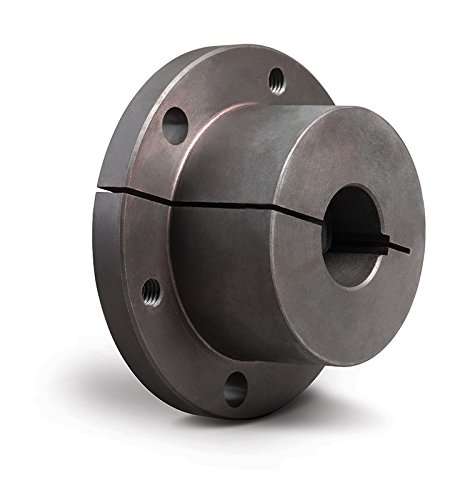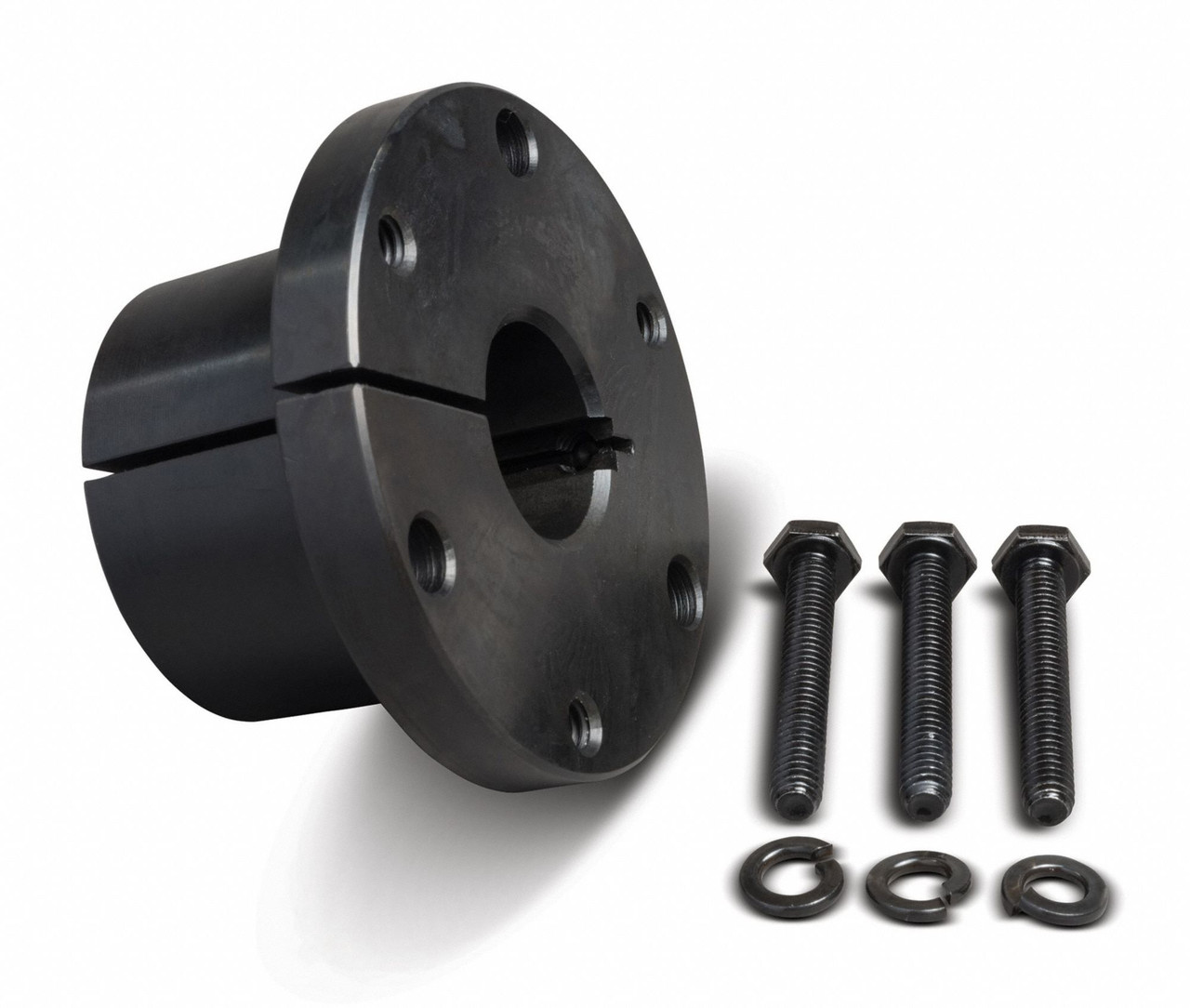
Can I find guides on troubleshooting common issues with QD bushings and their solutions?
If you encounter common issues with QD (Quick Disconnect) bushings and need guidance on troubleshooting and finding solutions, there are resources available to assist you. Here are some places where you can find guides on troubleshooting common issues with QD bushings:
- Manufacturer Documentation and Websites: QD bushing manufacturers often provide documentation, user manuals, and technical resources on their websites. These resources may include troubleshooting guides that address common issues encountered with their specific QD bushing models. By visiting the manufacturer’s website or contacting their customer support, you can access valuable information and guidance on troubleshooting problems and finding appropriate solutions.
- Online Forums and Communities: Online forums and communities focused on mechanical systems, power transmission, or industrial equipment can be excellent sources of information and troubleshooting advice. Platforms such as Stack Exchange, Reddit, and specialized forums dedicated to engineering or mechanical maintenance often have knowledgeable members who can provide insights and solutions to common QD bushing issues. Posting specific questions or searching within these forums can help you find relevant discussions and troubleshooting tips.
- Technical Publications and Journals: Technical publications and journals related to mechanical engineering, power transmission, or industrial maintenance may contain articles or case studies that discuss troubleshooting common issues with QD bushings. These publications often provide in-depth analysis, practical recommendations, and real-world examples. Accessing online databases like IEEE Xplore, ResearchGate, or Google Scholar can help you find relevant publications on QD bushing troubleshooting.
- Online Resources and Blogs: Several websites and blogs dedicated to mechanical engineering, maintenance, or power transmission topics offer informative articles and guides on troubleshooting various industrial components. These resources may include specific sections or articles on QD bushings, addressing common issues and suggesting solutions. Websites like Machinery Lubrication, Reliable Plant, or Maintenance Technology can be valuable sources of troubleshooting information.
- Training Courses and Workshops: Some organizations and institutions offer training courses or workshops on power transmission systems, including QD bushings. These courses often cover troubleshooting techniques and provide hands-on experience in identifying and resolving common issues. Checking with local technical schools, industry associations, or professional training organizations can help you find relevant courses or workshops in your area.
It’s important to note that troubleshooting QD bushing issues should be approached with caution and, if needed, performed by trained personnel familiar with the equipment and safety procedures. If you’re unsure or dealing with complex problems, consulting with a qualified engineer or contacting the manufacturer’s technical support is recommended.
By utilizing these resources and seeking expert advice when necessary, you can find valuable guides and solutions to troubleshoot common issues with QD bushings, ensuring their proper operation and minimizing downtime in your mechanical systems.

What are the common materials used in the construction of QD bushings, and how do they affect performance?
QD (Quick Disconnect) bushings are available in various materials, each with its own characteristics that can impact performance and suitability for specific applications. Here are some common materials used in the construction of QD bushings and their effects on performance:
- Steel: Steel is a widely used material in QD bushings due to its excellent strength and durability. Steel QD bushings can handle high torque and load capacities, making them suitable for heavy-duty applications. They provide good resistance to wear and can withstand harsh operating conditions. Steel bushings are often coated or plated to enhance corrosion resistance.
- Stainless Steel: Stainless steel QD bushings offer similar strength and durability to steel bushings but with added corrosion resistance. They are particularly suitable for applications where exposure to moisture, chemicals, or corrosive environments is a concern. Stainless steel bushings are commonly used in industries such as food processing, pharmaceuticals, and marine applications.
- Cast Iron: Cast iron QD bushings are known for their excellent shock absorption and vibration damping properties. They can help reduce noise and minimize the transmission of vibrations in rotating equipment. Cast iron bushings are often used in applications where noise reduction and improved equipment performance are critical, such as in machinery and industrial equipment.
- Bronze: Bronze QD bushings offer good wear resistance and low friction properties. They are commonly used in applications where self-lubrication and reduced friction are essential, such as in conveyor systems and high-speed machinery. Bronze bushings also exhibit good resistance to corrosion and can operate in heavy load conditions.
- Plastic and Composite Materials: Certain QD bushings are made from plastic or composite materials, such as nylon or reinforced polymers. These bushings offer advantages such as lightweight construction, corrosion resistance, and low friction. Plastic bushings are often used in applications where quieter operation, non-conductivity, or chemical resistance is required. However, they may have lower load and torque capacities compared to metal bushings.
The choice of material for QD bushings depends on the specific requirements of the application. Factors such as load capacity, speed, environmental conditions, and the need for corrosion resistance or vibration damping influence material selection. It is important to consider these factors and refer to manufacturer specifications and recommendations when choosing the appropriate material for QD bushings.
Additionally, it is worth noting that the material of the QD bushing can affect the compatibility with the mating shaft material. Proper consideration should be given to ensure that the chosen bushing material is compatible with the shaft material to avoid issues such as galling, excessive wear, or galvanic corrosion.
By understanding the characteristics and effects of different materials used in QD bushings, you can select the most suitable material that aligns with your application’s requirements and enhances the overall performance and reliability of your mechanical system.

Are there different sizes and styles of QD bushings available for various shaft diameters?
Yes, there are different sizes and styles of QD bushings available to accommodate various shaft diameters in industrial applications. QD bushings are designed to provide a secure and reliable connection between the shaft and the mounted component, and their versatility allows for compatibility with a wide range of shaft sizes.
Here are some key points regarding the availability of different sizes and styles of QD bushings:
- Size Range: QD bushings are manufactured in different sizes to match specific shaft diameters. The size range typically starts from smaller shaft diameters, such as 0.5 inches or 12 millimeters, and goes up to larger shaft diameters, such as several inches or centimeters. The specific size range may vary depending on the manufacturer and the intended application.
- Incremental Sizing: QD bushings are often available in incremental sizes to provide a precise fit for different shaft diameters. For example, you may find QD bushings in size increments of 1/16 inch or 1 millimeter. This allows for fine-tuning and selection of the appropriate bushing size that matches the specific shaft diameter.
- Style Variations: QD bushings may come in different styles to accommodate various application requirements. The basic design of a QD bushing includes a flanged bushing with tapered grooves and a corresponding taper on the outer surface. However, there may be variations in the number of grooves, flange design, or other specific features depending on the manufacturer and the intended use.
- Material Options: QD bushings are typically made from high-quality materials such as steel or ductile iron to ensure strength and durability. However, there may be variations in the material composition or surface treatments offered by different manufacturers. These variations can provide options for specific application needs, such as corrosion resistance or enhanced wear properties.
When selecting a QD bushing for a specific shaft diameter, it is important to consult the manufacturer’s specifications and guidelines. This will ensure that you choose the appropriate bushing size and style that matches your shaft diameter and application requirements. Manufacturers often provide detailed product catalogs and technical resources that outline the available sizes, styles, and compatibility with different shaft diameters.
By considering the range of sizes and styles available, you can find a QD bushing that precisely fits your shaft diameter and facilitates a secure and efficient connection for your industrial application.


editor by CX 2023-10-31